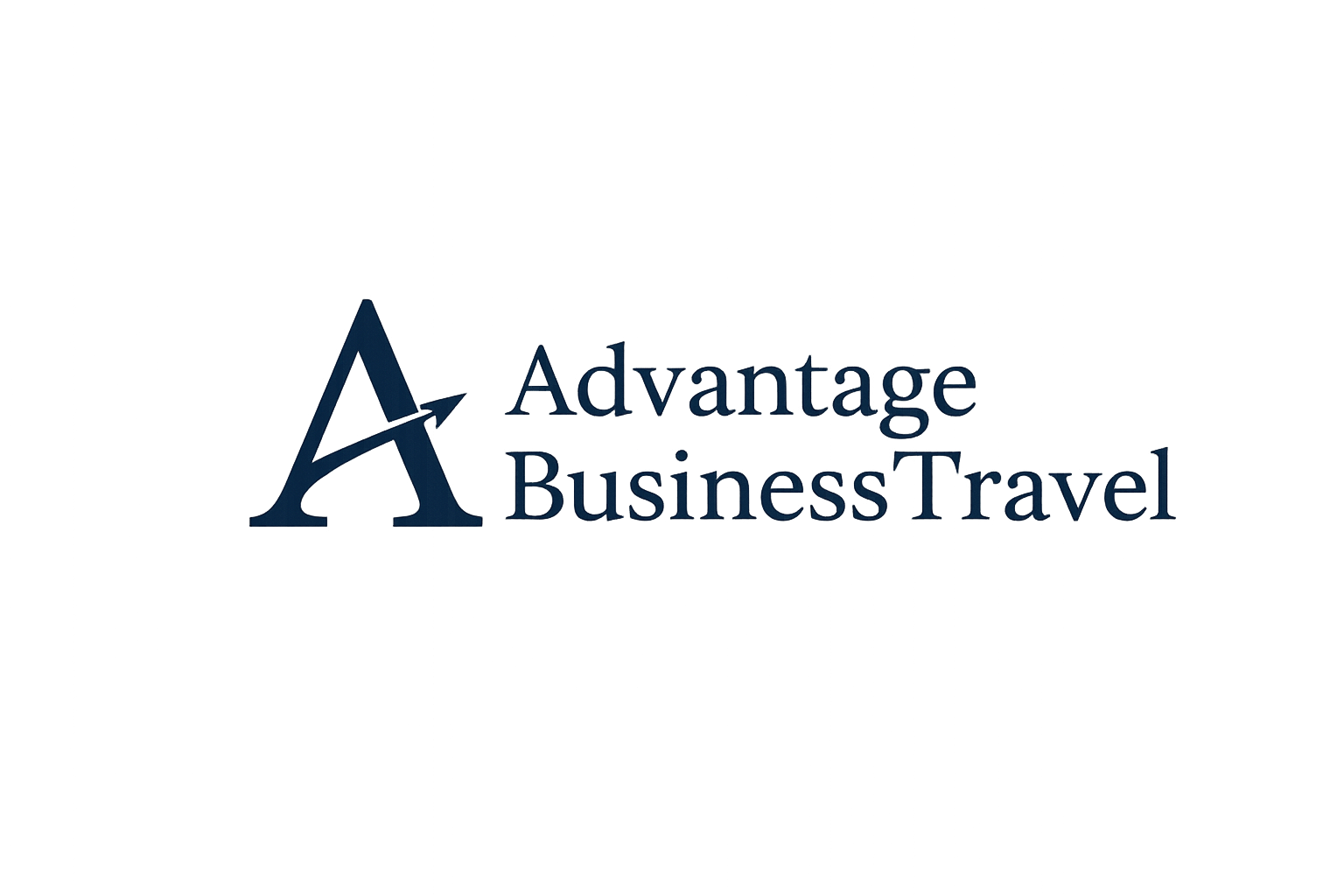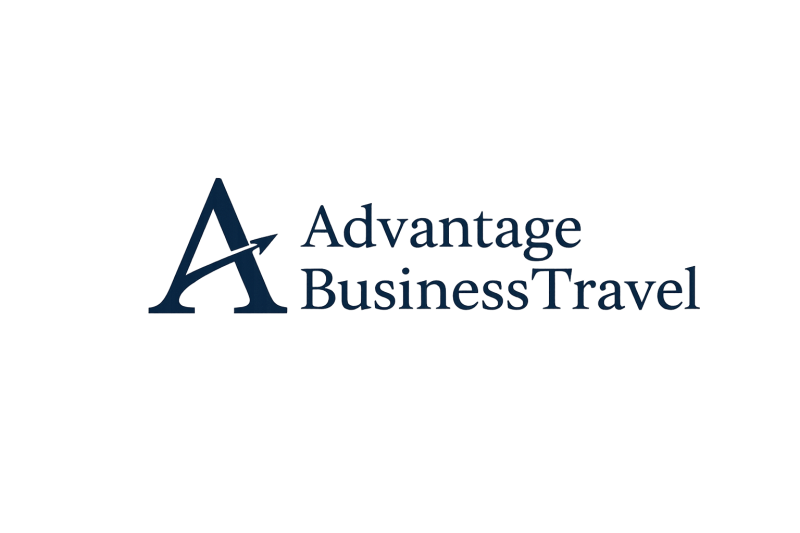Before You Go on a Business Trip: Identifying Objectives, Budgeting, and Booking
Want to make your business trips more profitable? Learn how clear objectives can maximize your travel ROI. This article reveals how defining trip purposes, like securing clients or attending key conferences, shapes itineraries, budgets, and attendee lists for optimal results. Discover how post-trip analysis refines future strategies, plus budgeting tips, cost-effective booking strategies, and the power of travel management apps. Start optimizing your business travel today!
Important information

- Clearly defined business travel objectives are crucial for maximizing ROI and aligning trips with company goals. These objectives shape the itinerary, budget, and attendee list, ensuring all activities contribute to the desired outcome.
- Creating a comprehensive travel budget involves analyzing past spending, considering external factors, and establishing a clear travel policy with spending guidelines. This enables realistic budgeting, efficient cost management, and helps justify the trip expenses.
- Key expense categories for business trips include transportation, accommodation, meals, and incidentals. Analyzing these categories based on trip purpose and destination helps allocate funds strategically and prioritize spending.
- Booking flights and accommodations in advance, using online booking tools and travel management apps, and negotiating corporate rates can lead to significant cost savings. These tools also streamline travel planning, expense tracking, and policy compliance.
- Regularly reviewing budgets, tracking expenses, and promoting cost-conscious behavior among employees are essential for optimizing spending and adapting to changing market conditions and company needs.
Understanding the Importance of Business Travel Objectives
Business travel can deliver a strong return on investment (ROI) when it’s driven by clear objectives that align with company goals. Before planning any trip, ask yourself: “Is this trip essential for securing a new client, attending a vital conference, or finalizing a deal?”. A well-defined purpose shapes every aspect of the trip, from the itinerary and budget to the attendee list. For example, trips focused on building client relationships might include dinners and site visits, while trips centered around product development prioritize supplier meetings. By clearly defining the trip’s purpose, all activities contribute to the desired outcome. This boosts efficiency and justifies the expense. Furthermore, clear objectives enable post-trip analysis, allowing you to measure effectiveness and refine future travel strategies.
What Are the Common Objectives of a Business Trip?
Business trips are essential for companies. They allow employees to cultivate new client relationships, attend vital industry conferences, and forge strategic partnerships. Furthermore, these trips offer valuable employee training opportunities, including site visits, market research, and stakeholder meetings. Ultimately, business trips enhance business performance, driving profitability and contributing to overall success.
How to Align Travel Objectives with Measurable Outcomes
Define the trip’s objective, such as meetings, a conference, or networking.
Establish measurable performance metrics, such as sales targets or client acquisition rates, to justify the expense and align the trip with company goals.
Discuss these objectives with your team to ensure everyone is focused on achieving the same outcome.
Budgeting for a Business Trip: Key Steps and Strategies
Developing a business travel budget is essential for managing expenses. Define clear travel objectives and analyze past spending to understand typical costs. Consider external factors like the economy and seasonal price fluctuations. A well-defined travel policy with clear spending guidelines is crucial for cost control.
Benefits of a Comprehensive Travel Policy
- Monitors expenses and identifies savings.
- Enables realistic budgeting and efficient cost management.
Key Expense Categories
- Flights.
- Accommodation.
- Meals.
- Ground transportation.
- Incidentals.
Knowing trip durations helps predict costs, while daily allowances manage individual spending. Pre-trip approvals assess the financial impact before expenditure. Post-trip analysis informs future budgets.
Analyze previous travel expenses to understand spending habits and allocate funds based on priorities and available resources.
Utilize tracking systems for real-time monitoring and adjustments.
Regularly review budgets and promote cost-conscious behavior among employees to optimize spending.
Negotiate corporate rates with hotels and airlines to yield significant savings.
Examine past trips to identify spending patterns and key cost categories like transportation, lodging, meals, and other incidentals. Allocate funds to each category based on priorities and resources. Establish clear spending limits and policies for approved expenses. Implement robust tracking systems while maintaining flexibility for unforeseen circumstances.
Transportation
Includes flights, trains, and taxis.
Accommodation
Includes hotels and rentals.
Meals
Can be per diem or restaurant-based.
Incidentals
Covers Wi-Fi, tips, and other miscellaneous expenses.
Prioritize these categories based on the trip’s purpose and destination. Booking in advance can often secure discounts. Research typical costs for your destination and utilize travel management software for expense tracking. Encourage employees to choose cost-effective transportation options. Regularly review and update your travel policy to reflect changing market conditions and company needs.
Setting Up Your Business Travel Budget: An Essential First Step
Examine previous travel expenses to uncover spending patterns.
Pinpoint your main expense categories, such as transportation, accommodation, and meals.
Allocate funds strategically, keeping company priorities and available resources in mind.
Establish clear expense guidelines and limits.
Leverage tracking tools to monitor expenditures in real time.
Review the budget regularly, adjusting it as necessary to align with your company’s changing needs.
Identifying Cost Categories for Strategic Fund Allocation
When budgeting for a trip, consider these key expense categories: transportation, accommodation, meals, and miscellaneous costs.
Transportation
This includes airfare, train tickets, car rentals, and local transit such as taxis or ride-sharing services.
Accommodation
This covers your lodging, typically hotels or similar options.
Meals
This encompasses all food expenses during your travels.
Miscellaneous
This includes everything else, from visa fees and Wi-Fi charges to entertainment costs.
Top Tips for Effective Corporate Travel Budgeting
Book your flights and accommodations early to snag the best deals.
Join rewards programs to accumulate points or miles for discounts and upgrades.
Use travel management apps to monitor your spending and ensure compliance with company policy.
Negotiate corporate rates with hotels and airlines for extra savings.
Booking Strategies for Cost-Effective Business Travel
Balancing convenience and cost is key when booking business trips. Early bird bookings for flights and hotels often translate to savings and better accommodation choices. Consider your ground transport too: airport shuttles, public transit, and ride-sharing each offer distinct advantages in terms of price and travel time.
For schedule flexibility, explore off-season or mid-week travel for potential fare discounts. Direct flights, while sometimes pricier, can boost productivity by saving time.
- Streamline your travel planning with online booking tools and travel management apps.
- They empower you to compare prices, manage itineraries, and track expenses with ease, even providing alerts for flight changes and potential savings.
- Corporate booking tools ensure policy compliance and may offer exclusive discounts.
- Some apps simplify expense reporting and reimbursements with integrated tracking features.
How to Book Flights and Accommodation Based on Price and Convenience
Compare prices across various websites to snag the best deals on flights and accommodations.
Explore budget airlines and consider less popular airports, keeping baggage fees and travel time to your final destination in mind.
Choose a hotel conveniently located near your meeting.
Compare hotel amenities such as Wi-Fi and breakfast.
Remember to adhere to your company’s travel policy for preferred hotels.
Streamline your booking and trip management with online tools and apps.
Plan your entire journey, considering air travel, train options, or car rentals.
Booking in advance can often lead to significant savings.
Using Online Booking Tools and Travel Management Apps
Online booking tools and travel management apps empower employees to book trips within budget, effectively controlling travel costs. These apps consolidate flight and hotel information, and some even manage expense reports. Features like online check-in and policy compliance tools further streamline the travel management process. They offer several advantages:
- cost control by enabling employees to book within budget,
- consolidation of flight and hotel information for easier booking,
- expense report management capabilities in some apps,
- streamlined travel management with features like online check-in and policy compliance tools.


















